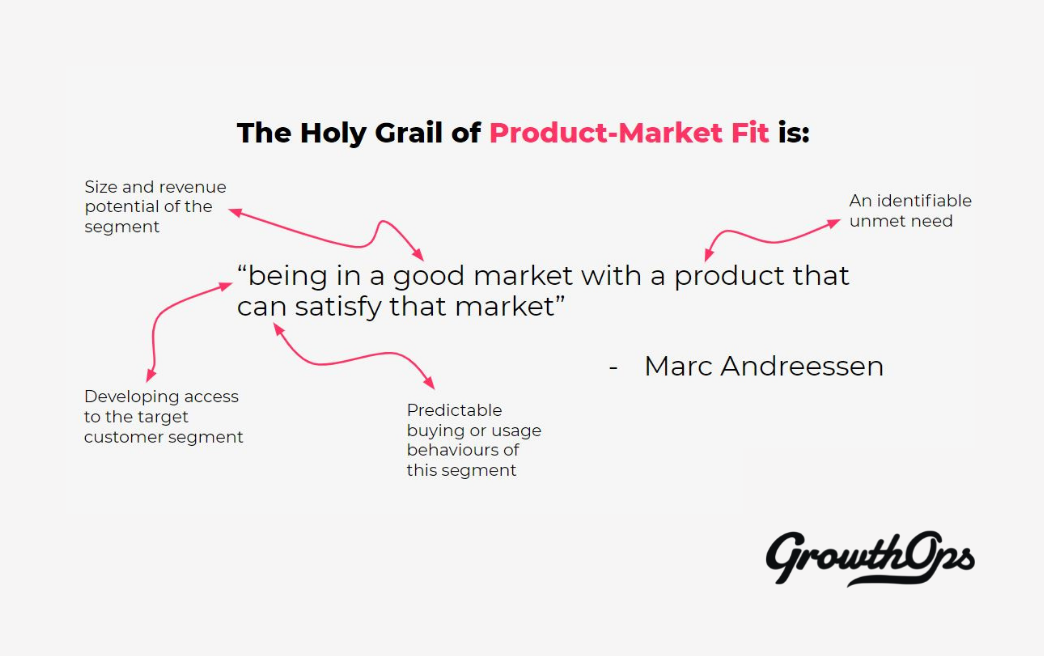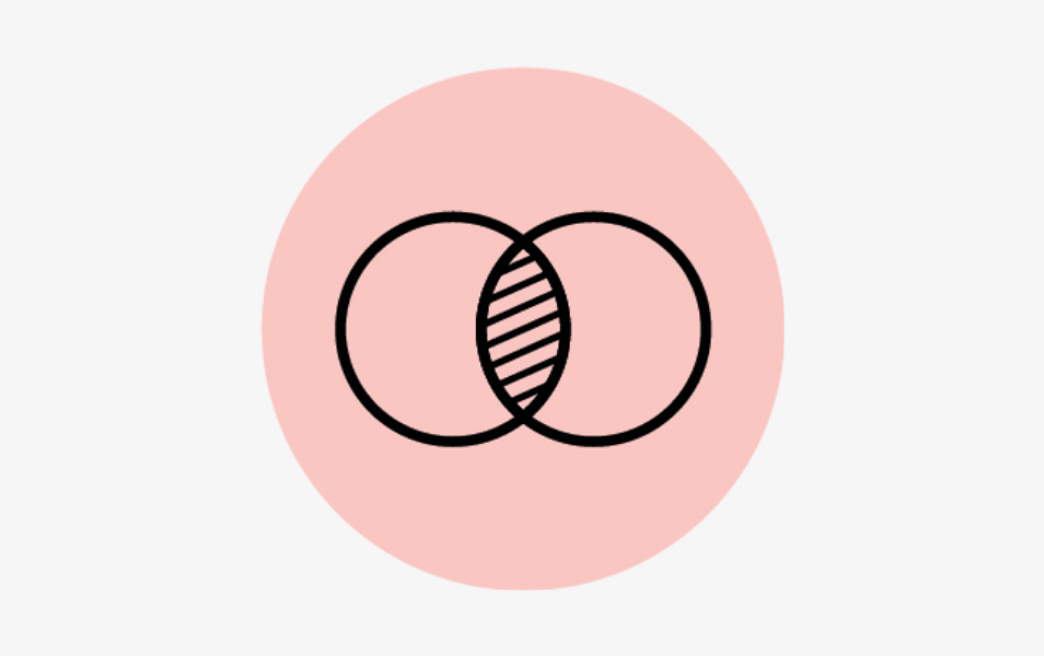Applying accelerated, lean startup principles to IoT product development is getting products into the hands of consumers much faster.
This is fundamentally changing up the manufacturing game, writes Armin Kroll, Partner/Director of Mobile & IoT at GrowthOps.
Internet of Things (IoT) companies who embrace Agile software development processes have an unfair advantage. They move faster than their non-Agile competitors and respond to changes in the market and user behaviour rapidly.
Working with clients who manufacture hardware products, we’ve noticed that:
- Agile has not been wholeheartedly embraced by embedded engineers (yet)
- Extensive technical specifications slow down the software development process
- Low adoption of test automation and continuous deployment practices persist
We’ve been lucky enough to work with clients pioneering a new blended approach when developing IoT products. Here are some of the insights we’ve gained:
Manufacturing takes ‘Agile’ for a spin ‘round the block
In software development, we work with malleable base elements to create sophisticated products. This has led to the emergence of flexible, adaptive (i.e ‘agile’) design and development processes. The software industry has by and large embraced Agile as a way to effectively create and evolve software products.
Hardware manufacturers produce rigid components – hardware, printed circuit boards (PCB) etc. Understandably, this has resulted in inflexible, linear development where activity unfolds predictably and sequentially (i.e ‘waterfall’). Waterfall worked well for decades but is not keeping up with the demand for fast and innovative production cycles.
IoT startups are taking Agile for a spin and are releasing new products into the market faster, with less cost and more alignment with what consumers are expecting. We’re witnessing a shift away from products defined as pure hardware, towards products predominantly defined by software. This fundamental shift has resulted in a higher release cadence, faster speed to market and more flexible products.
Keep it fresh with over-the-air (OTA) updates.
Tesla improves the user experience via software updates over time. An older Model S still feels up-to-date; the user interface is updated continually. The time between innovation and impact is minimised.
One of the first features we implement in IoT projects is ‘over-the-air’ updates (OTA). OTA allows the manufacturer to install updates and fixes continuously. This massively reduces the cost of failure and incidence of product recall.
Getting the software right gives us the foundation for feature enhancement. With OTA updates, cloud integration and app connectivity, software and hardware become increasingly integrated. But it’s the software that has the highest impact on the ‘updatability’ of the product.
If you’re going to fail, fail with the software.
We work with both IoT startups and established hardware manufacturers. Lean startups move faster and focus a lot more on user experience, but they generally don’t have the manufacturing or engineering chops. They need to find a way to deal with ‘failure’ that doesn’t break the manufacturing process. We minimise risk by allowing our software to fail.
So emerging consumer IoT products are looking like a blend of:
- High-quality hardware (≈ 20%)
- Software that can be changed to unlock more hardware value over time (≈ 80%)
Invest in test automation. It’s so worth it.
Sure, continuous integration and deployment improves the end-product, but automated testing supports ongoing feature development without risking quality or security. An Agile development model demands a level of test automation that provides the freedom to create features and innovate faster. Invest in it. It frees your team up to continuously improve the product without fundamentally breaking it.
Collaboration is king.
The greatest challenge in every IoT project is aligning the hardware engineers and software developers in their approach while synchronising the development cadence across the streams. Teamwork and communication are especially critical in IoT projects. Engineers, developers, designers, quality assurance experts and product managers are all working towards the same outcome.
Modern IoT product companies need a culture and operating model that supports effective cross-functional collaboration. The Agile framework promotes a culture of teamwork that brings together diverse thinking and doing to solve complex problems. Like creating IoT products.
The wrap up.
At GrowthOps, we apply the principles of Lean and Agile to help our clients dominate their markets and grow their business – be it in the production of thermostats, medical equipment, wearable devices or motor home automation hubs.
When developing software, we move fast and break things often because it’s easy to fix by sending out new versions of software over-the-air. The manufacturing industry has come a long way in a short time. We are witnessing the shift from classic waterfall project delivery and big-bang releases to continuous and incremental product updates.
We predict that the most innovative IoT companies will continue to embrace Agile and Lean methodologies as a way to get their products into the hands of their customers faster and with less cost.



